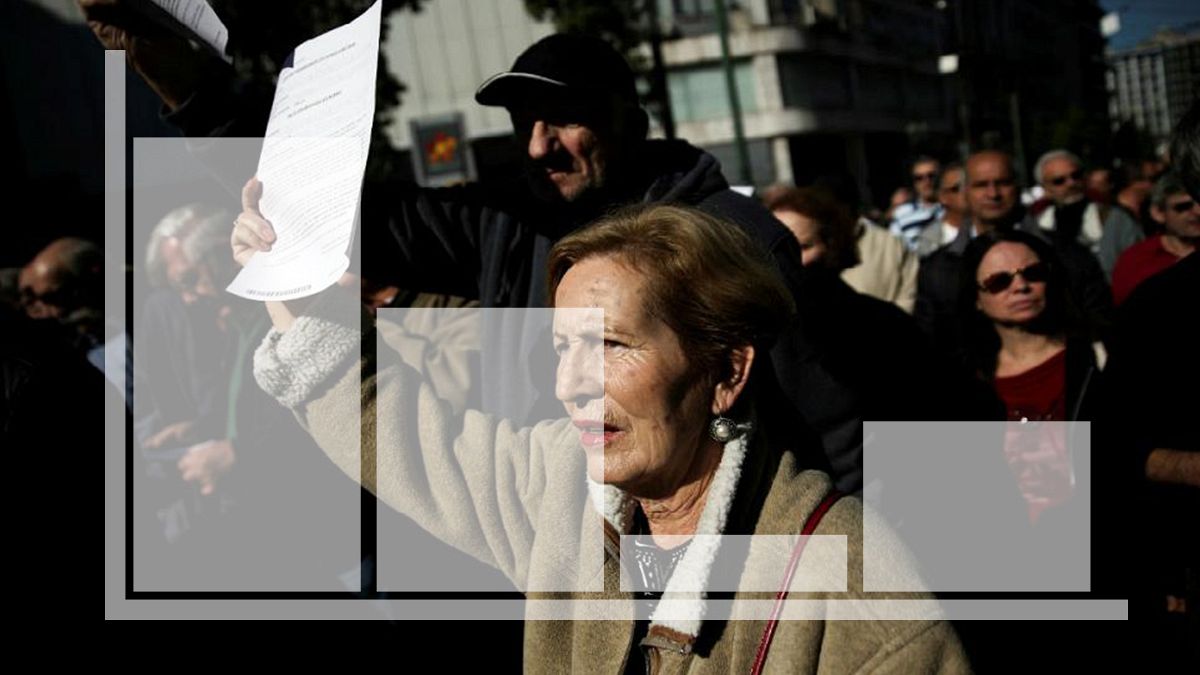To mark World Population Day, we’ve taken a look at four specific areas to explain the shifts in the European Union’s make-up.
Europe’s east-west population switch
The vast majority of EU countries that have seen population decreases over the last decade have been in eastern Europe, latest data shows, a pointer to the impact of free movement in the bloc.
Romania, Bulgaria, Lithuania, Hungary, Latvia, Croatia and Poland have all seen their populace decrease since 2007, according to Eurostat figures.
Over the same period the United Kingdom, France, Italy and Spain have all seen their populations increase by a million or more.
Baltic boon
Single homosexual men or lesbians looking for love might be advised to head straight for the Baltics.
For it is in Latvia, Lithuania and Estonia where one will find the highest proportion of women-to-men.
Latvia is the EU leader in this field with 117.7 women per 100 men, according to latest figures from Eurostat.
So why are there more women, proportionally, in the Baltics?
Men here are dying younger. The likes of Latvia, Lithuania and Estonia have some of the biggest gender gaps in Europe when it comes to life expectancy.
Colin Mathers, co-ordinator of mortality and healthy analysis at the World Health Organisation, said alcohol played an important role in men dying younger.
A report earlier this year revealed Lithuanians are the world’s heaviest drinkers and their boozing is showing no signs of slowing.
Getting older
Proportionally, every country in the EU has more elderly people than a decade ago, Eurostat data reveals.
Italy is the most elderly, followed by Greece and Germany. All three have 21 percent or more of their populations over the age of 65.
It comes amid a tumbling birth rate: fewer babies were born in Italy in 2014 than in any year since the modern Italian state was founded in 1861.
Ireland – which has one of the highest fertility rates in the bloc – is the youngest in the EU, with just 13.2 percent of the population over 65.
Malta has seen the biggest increase, a hike of 5.2 percent. At the other end of the scale, Luxembourg’s share went up by just 0.1 percent.
Foreigners increase
Only four EU countries – Lithuania, Latvia, Estonia and Greece – have seen falls in the number of foreigners living within their borders over the last decade.
A clear majority in the bloc have seen numbers increase between 2006 and 2016, according to Eurostat data.
In absolute numbers, Italy, the UK and Germany have seen the biggest increases in the number of people living in their countries without citizenship of that country. All three have added in the region of two million people over the last decade.
Romania has seen the biggest increase, 317 percent, going from 25,702 without citizenship in 2006 to 107,187 last year.
Your view What do you think? Do you have a story to tell about population shifts in Europe? Contact me here: chris.harris@euronews.com
